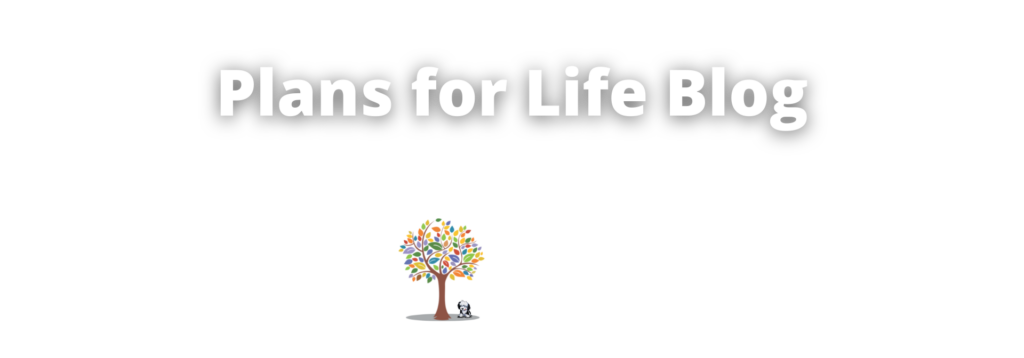Understanding Health Insurance: A Beginner's Guide to Navigating the Complex World of Healthcare Coverage

Health insurance is a critical aspect of personal finance, providing financial protection in case of unexpected medical expenses. However, navigating the complex world of healthcare coverage can be overwhelming, especially for beginners. Here’s a beginner’s guide to understanding health insurance:
What is Health Insurance?
Health insurance is a contract between you and an insurance company that covers the costs of medical care. You pay a premium, and in exchange, the insurance company agrees to pay for certain medical expenses. The specifics of what is covered depend on the type of plan you have.
Types of Health Insurance Plans:
There are several types of health insurance plans, including:
- Health Maintenance Organizations (HMOs): These plans offer coverage for care provided by doctors and hospitals in the plan’s network. You typically have to choose a primary care physician who manages your care and refers you to specialists as needed.
- Preferred Provider Organizations (PPOs): These plans offer more flexibility in choosing providers, but you’ll typically pay more for out-of-network care.
- Point of Service (POS) Plans: These plans are a hybrid of HMOs and PPOs. You’ll typically have to choose a primary care physician and may need a referral to see specialists, but you’ll also have more flexibility in choosing providers.
- High-Deductible Health Plans (HDHPs): These plans have lower premiums but higher deductibles. They’re often paired with a Health Savings Account (HSA) to help you save for medical expenses.
- Catastrophic Health Plans: These plans offer coverage for major medical events and have lower premiums but high out-of-pocket costs.
Key Terms to Understand:
There are several key terms to understand when it comes to health insurance, including:
- Premium: The amount you pay for your health insurance coverage.
- Deductible: The amount you pay out of pocket for medical expenses before your insurance kicks in.
- Co-pay: The amount you pay for a doctor’s visit or prescription drugs.
- Coinsurance: The percentage of medical expenses you pay after meeting your deductible.
- Out-of-Pocket Maximum: The maximum amount you’ll pay for covered medical expenses in a year.
Understanding these terms is essential in choosing the right health insurance plan for you.
Choosing the Right Plan:
Choosing the right health insurance plan depends on your healthcare needs, financial situation, and personal preferences. Consider factors such as your medical history, prescription drug needs, and preferred providers when choosing a plan. Don’t forget to review the plan’s coverage details and costs, including premiums, deductibles, co-pays, and coinsurance.
In conclusion, understanding health insurance is essential in protecting your financial and physical health. By understanding the types of plans available, key terms, and choosing the right plan, you can ensure you have adequate healthcare coverage. If you have any questions or concerns about health insurance, consult with a licensed insurance agent or healthcare advisor.





